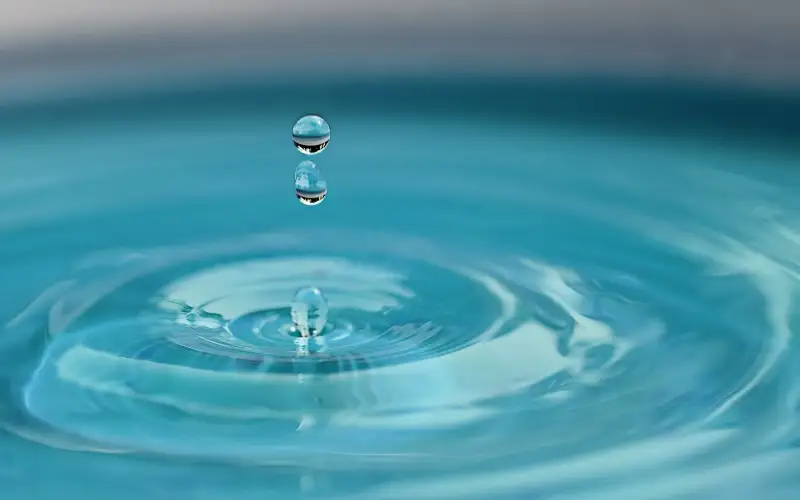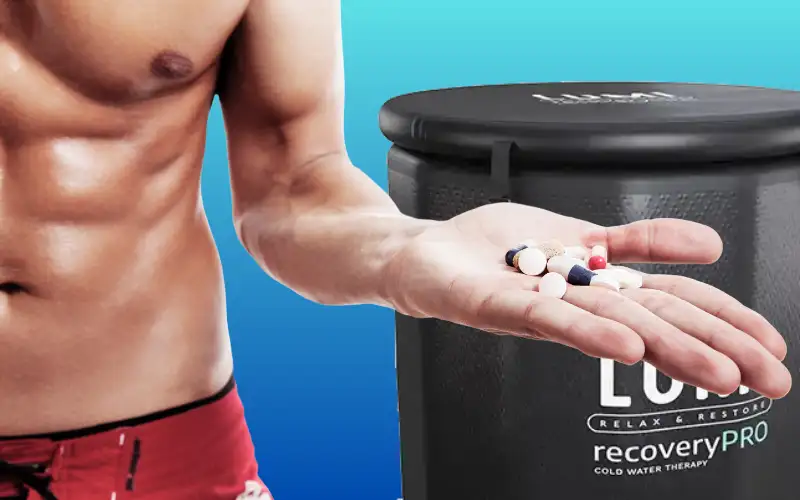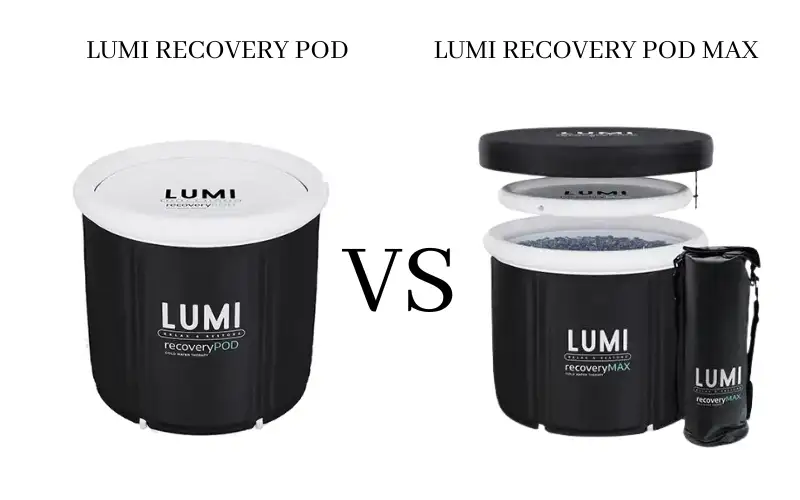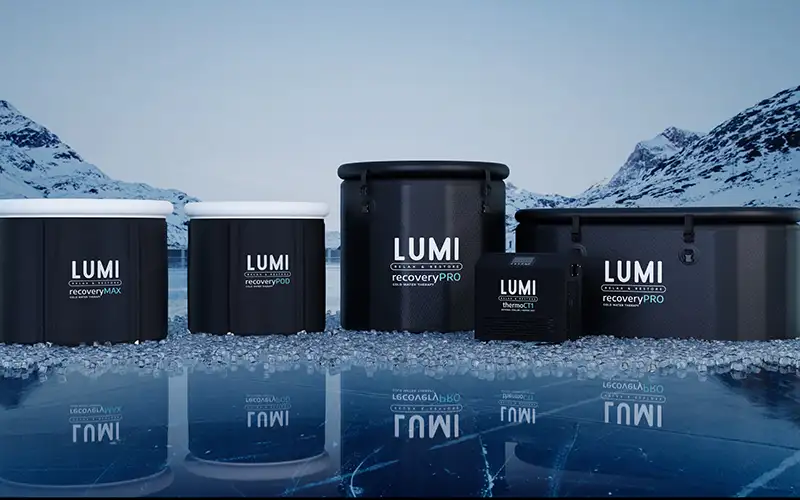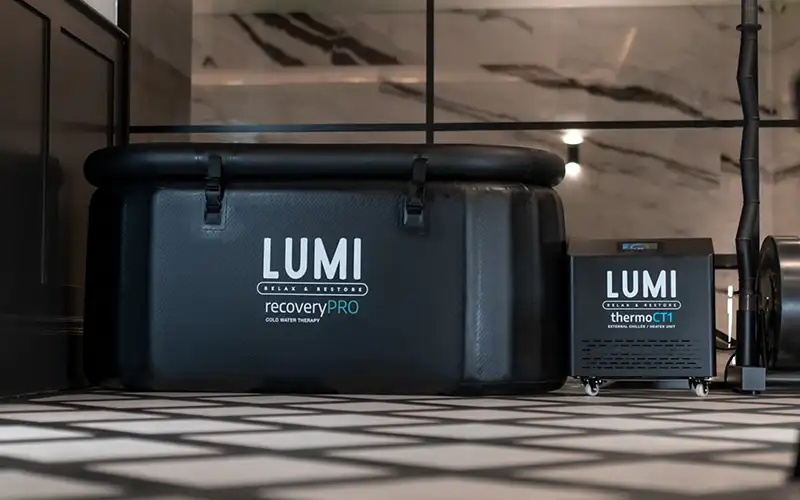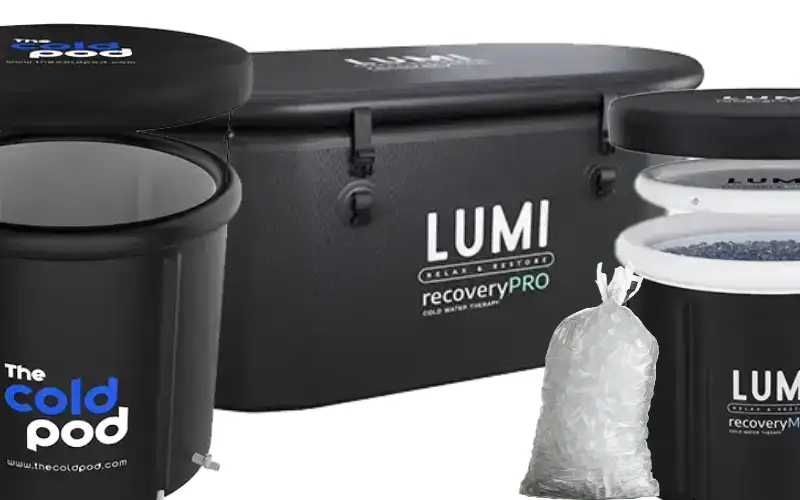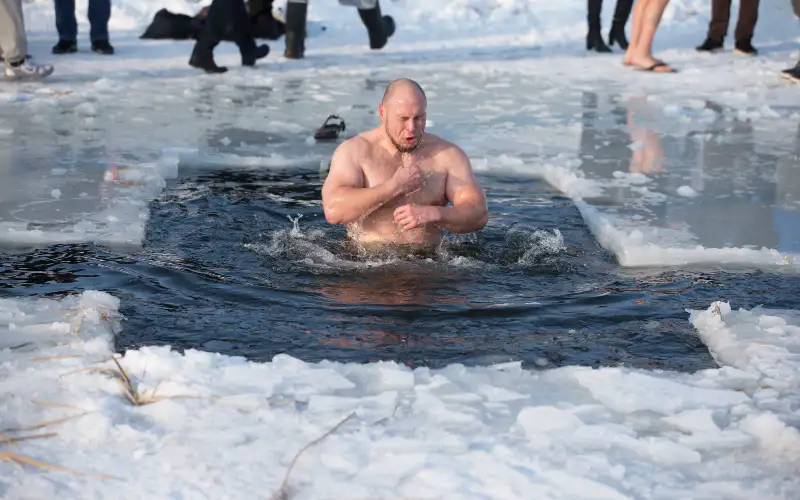Ice baths and cold showers have gained popularity as effective recovery methods among athletes and fitness enthusiasts. Both involve exposure to cold temperatures, but the debate persists: which is better for recovery? In this article, we’ll explore the benefits and drawbacks of ice baths and cold showers to help you make an informed decision based on your specific needs.
Understanding the Basics
Ice Baths
Ice baths typically involve immersing the body in cold water, often mixed with ice, for a set duration. The temperature of the water is usually below 15 degrees Celsius (59 degrees Fahrenheit). This method aims to induce a state of vasoconstriction followed by vasodilation, which may aid in reducing inflammation and muscle soreness.
Cold Showers
Cold showers, on the other hand, involve exposing the body to cold water, usually at the end of a regular shower. The water temperature is lower than what most people find comfortable but not as extreme as in ice baths. Cold showers are often more manageable for those who find ice baths too intense.
Benefits of Ice Baths
- Muscle Recovery: The cold temperature of ice baths can help reduce muscle inflammation and soreness, promoting faster recovery after intense workouts.
- Vasoconstriction and Vasodilation: The alternating constriction and dilation of blood vessels may improve blood circulation, aiding in the removal of waste products from the muscles.
- Pain Relief: Ice baths can provide temporary relief from pain and discomfort, making them particularly appealing for athletes dealing with injuries.
Drawbacks of Ice Baths
- Intense Experience: Some individuals find ice baths mentally and physically challenging due to the extreme cold, making adherence difficult.
- Potential for Hypothermia: Prolonged exposure or too low temperatures in ice baths can lead to hypothermia, highlighting the importance of moderation.
Benefits of Cold Showers
- Improved Circulation: Cold showers stimulate blood circulation, which can contribute to overall cardiovascular health.
- Easier Adherence: Cold showers are more accessible for many people, providing a milder alternative to the intense experience of ice baths.
- Mental Refreshment: Cold showers can have invigorating effects, promoting mental alertness and a sense of wakefulness.
Drawbacks of Cold Showers
- Limited Muscle Recovery: While cold showers may have some benefits, they might not be as effective as ice baths in reducing muscle inflammation and soreness.
- Not as Targeted: Cold showers may not provide the same localized benefits as ice baths for specific muscle groups.
Which is Better for You?
Consider Your Goals: If your primary goal is rapid muscle recovery after intense physical activity, ice baths may be more effective. However, if you’re seeking a more moderate and sustainable approach with general health benefits, cold showers could be a better fit.
Personal Tolerance: Your tolerance for cold exposure plays a crucial role. If the intensity of ice baths feels overwhelming, cold showers might offer a more comfortable alternative that you’re more likely to stick with.
Balancing Act: Some individuals find success in incorporating both methods into their routine. Cold showers can be a daily practice, while ice baths are reserved for post-intensive workouts.
In the ice baths vs. cold showers debate, there is no one-size-fits-all answer. The choice depends on your individual preferences, tolerance for cold, and specific fitness goals. Experiment with both methods, listen to your body, and find the balance that supports your overall well-being and recovery. Whether you prefer the intensity of ice baths or the refreshing simplicity of cold showers, both can play a role in enhancing your recovery journey.








